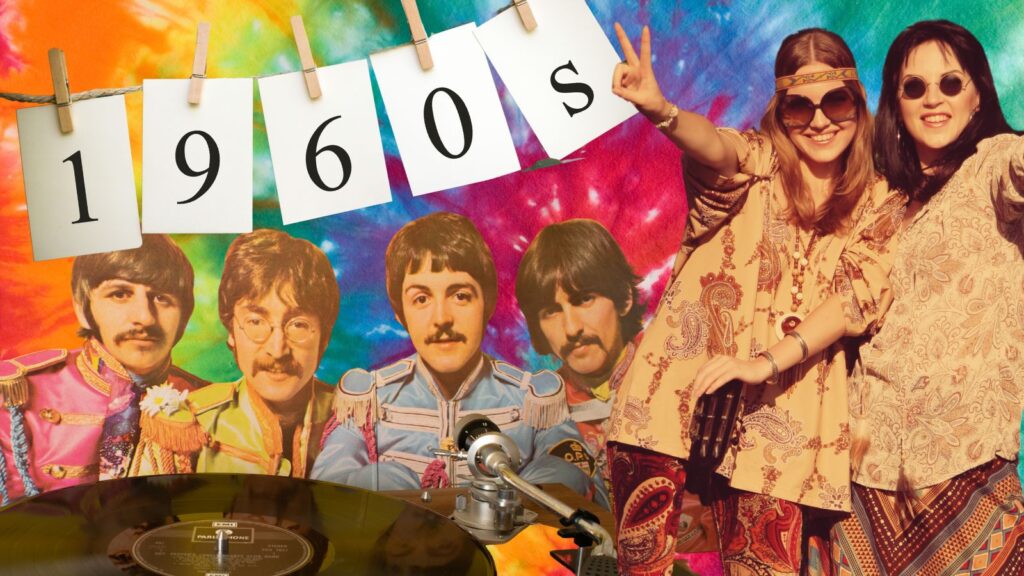The ’60s was a time of cultural and social change, and it was the era of free speech, peace, love, and bell bottoms. Naturally, many of these fads have faded into obscurity, but they still hold a special place in the hearts of Boomers who lived through them. Let’s look at some of the 60s trends that marked the swinging sixties, from fashion to music to lifestyle trends.
Mood Rings
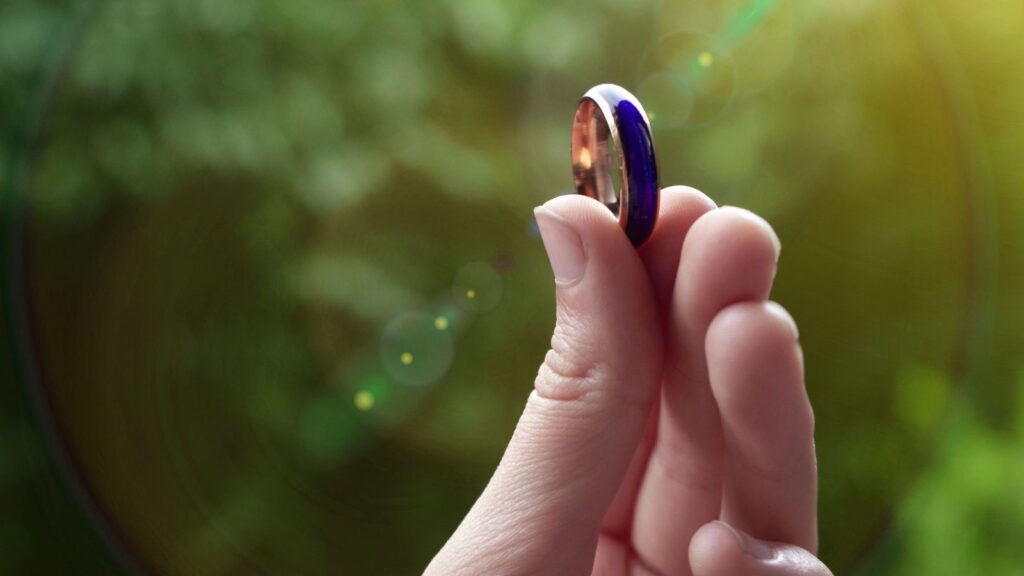
Mood rings changed color to reflect the wearer’s emotions supposedly, and they were all the rage during this spiritual revolution. The rings contained a thermochromic element that changed color based on the temperature of the finger of the wearer. They’re still available today, but they’re not the must-haves they once were.
Tie-Dye Everything
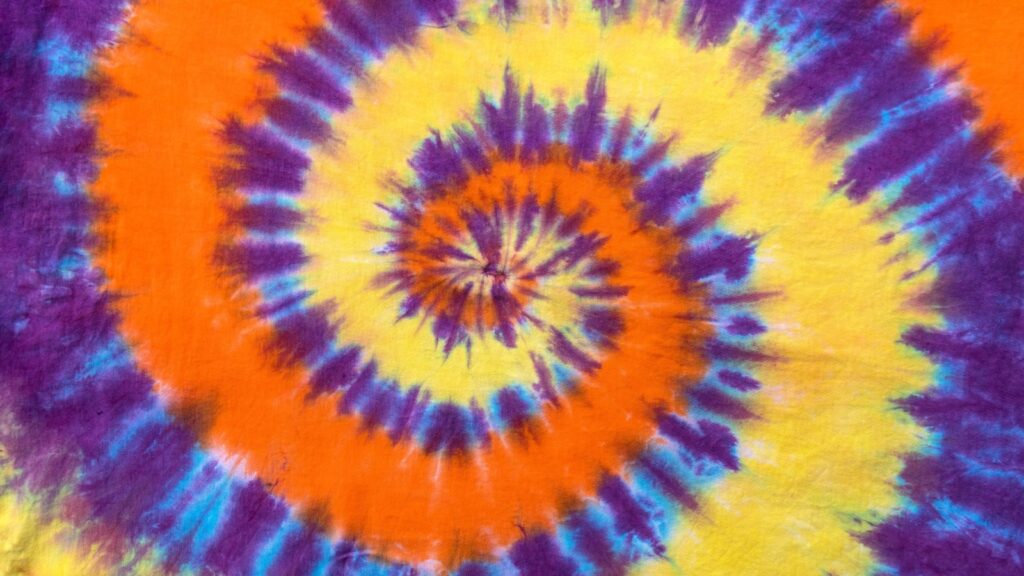
Tie-dye was the ultimate symbol of this counterculture movement, and making your tie-dye creations was the thing to do. Whether it was t-shirts, pants, or bedsheets, these swirly bright patterns were seen everywhere as an embodiment of the free spirit.
Go-Go Boots
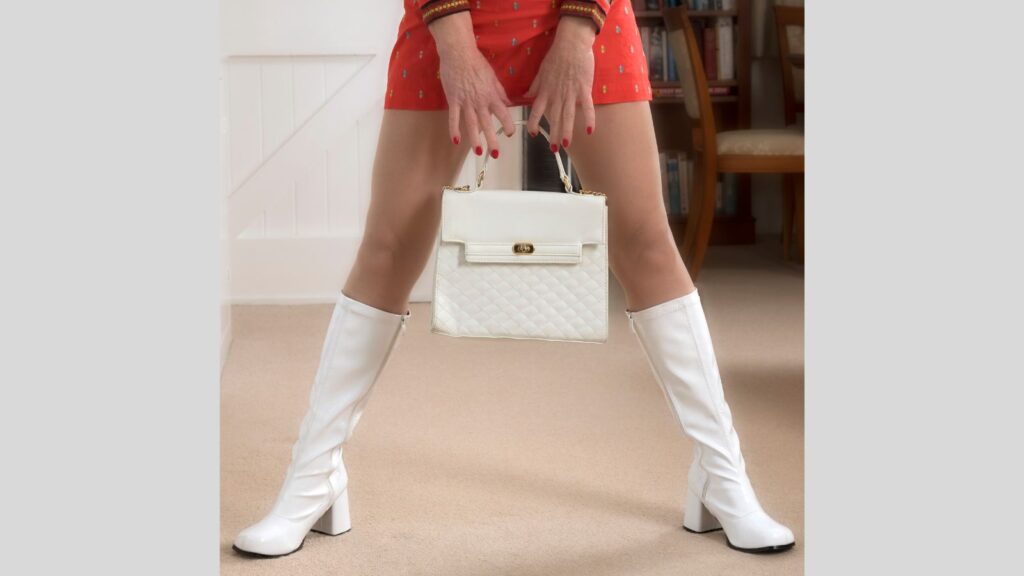
Go-go boots were a fashion must-have for young women of the ’60s, popularized by TV shows like The Mod Squad and icons like Nancy Sinatra. These white, knee-high boots were paired with miniskirts and epitomized the famous mod look.
Lava Lamps
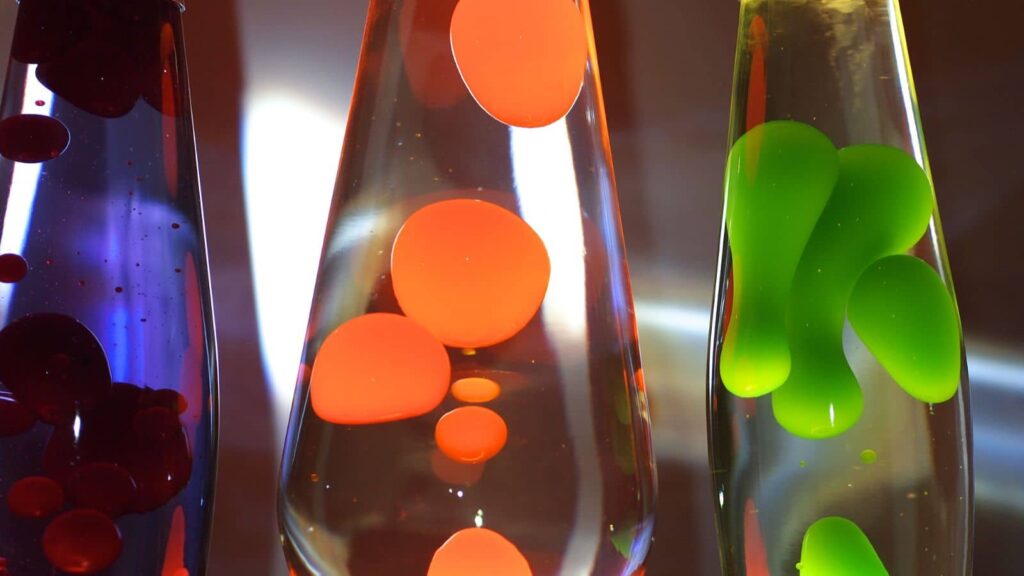
The ’60s were all about ambiance, so mood lighting was all the rage. With their brightly colored, mesmerizing, blob-like movements, Lava lamps brought a psychedelic touch to home décor and created a relaxed atmosphere. They were a staple in dorm rooms and living rooms.
Beatlemania
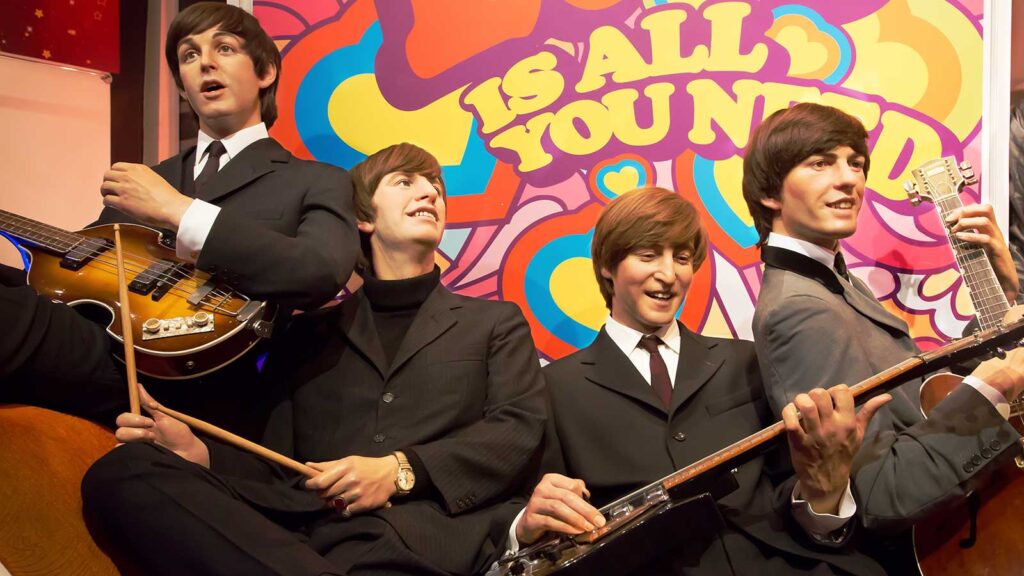
Liverpool band The Beatles took the world by storm, and Beatlemania was a defining phenomenon of the ’60s. From screaming fans at concerts to John Lennon’s anti-war rebellion, the Fab Four’s influence was all-consuming. They were much more than the average band. Their renowned rebellion in the name of peace and love marked a seismic shift in both music and culture.
Love Beads
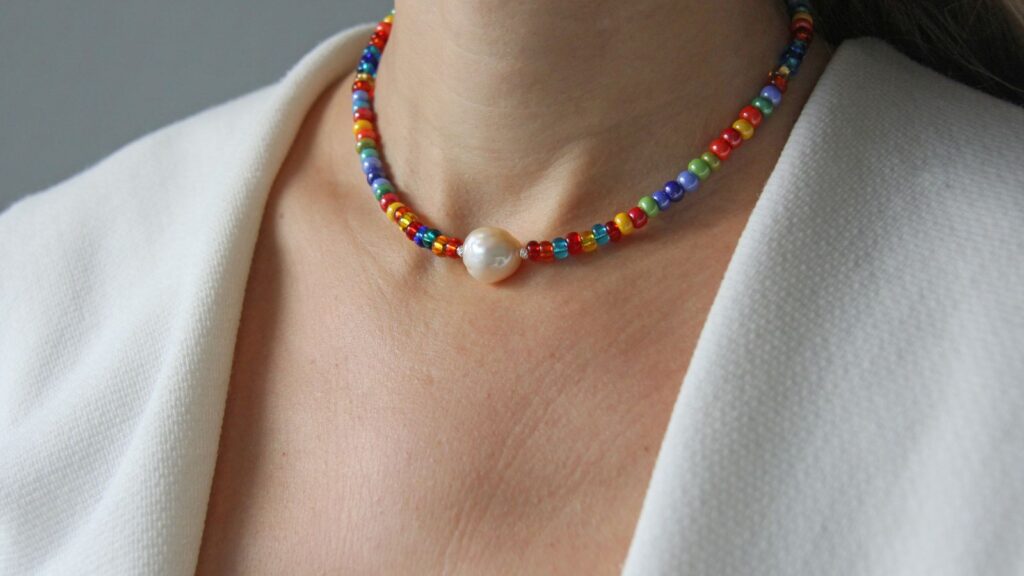
Love beads were simple, handmade necklaces that became symbols of peace and love. Worn by both men and women, these colorful strings of beads were often given as gifts, representing friendship and the communal spirit of the time.
The Twist
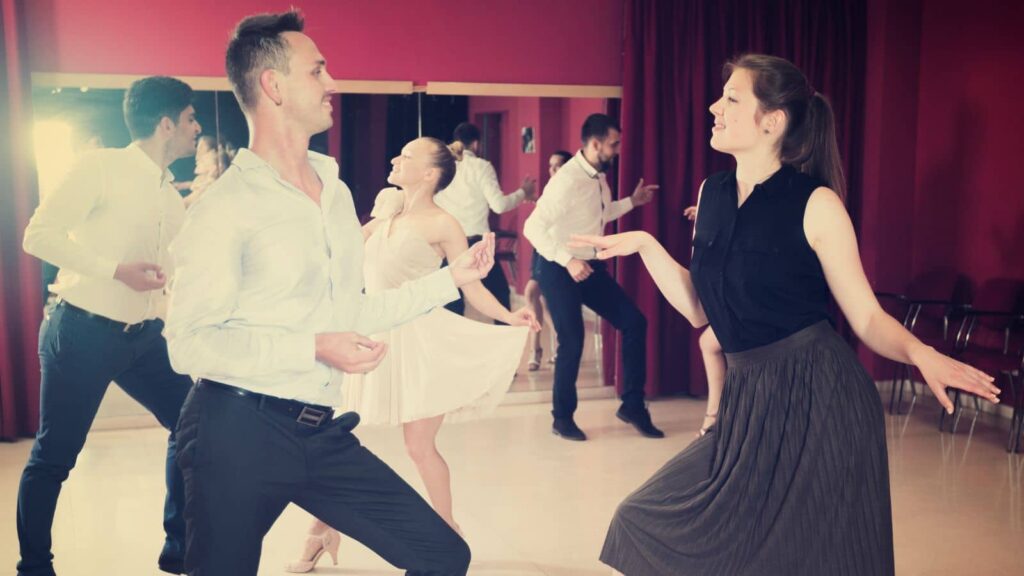
Chubby Checker’s Twist inspired a dance craze and ensured that everyone got on the dance floor. This easy-to-learn dance move became a sensation, bringing people of all ages together to twist the night away at parties and dance halls.
Hippie Vans

Decked out with peace signs, flower decals, and vibrant colors, hippie vans were more than just transportation; they were expressions of the free-living, counterculture lifestyle. These vans symbolized freedom, adventure, and community. VW vans are still popular today amongst campers and van communities and continue to represent a relaxed way of living.
Bell-Bottoms
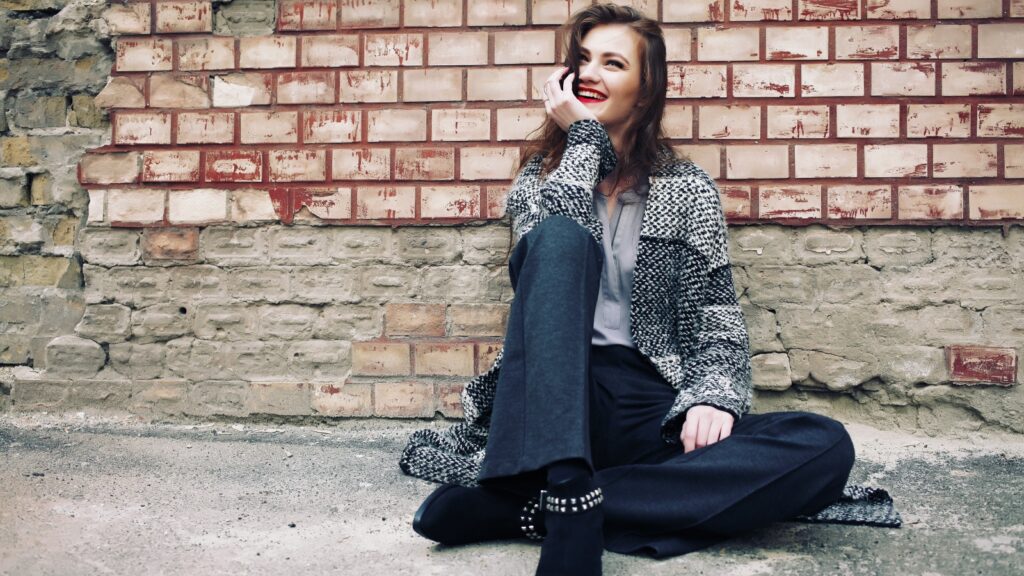
With their wide, flared legs, bell-bottoms became a fashion statement that defied the strait-laced styles of previous decades. They were worn by both men and women and were a favorite among young music festival goers. Many ’60s folk made their own in a bid to widen the flare as much as possible. That’s how seriously they were taken.
Psychedelic Art
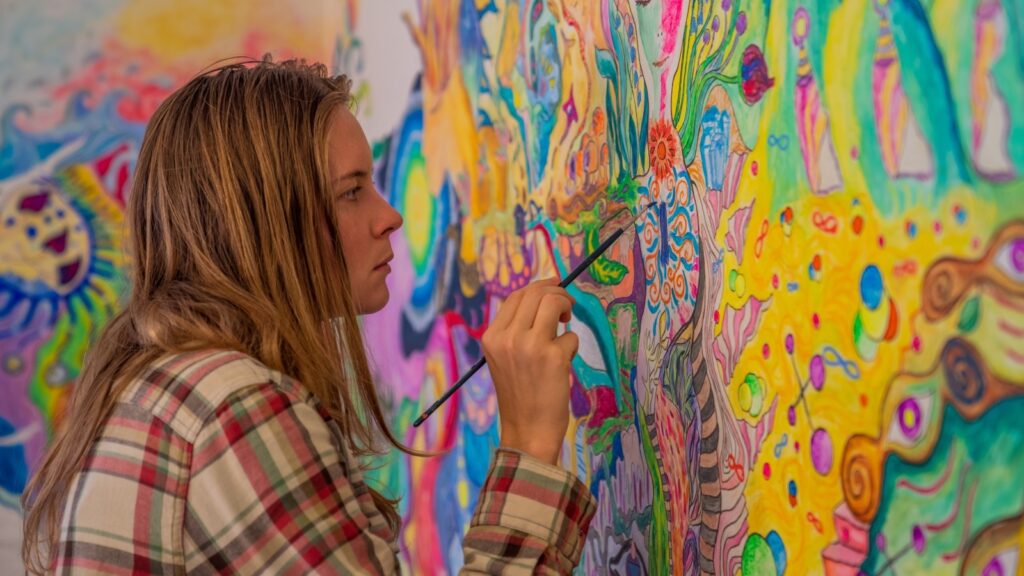
If ever there was an example of psychedelic art, it had to come from the ’60s. Bright, bold colors and surreal designs were everywhere, from concert posters to album covers. This art style reflected the era’s experimental mindset and was heavily influenced by the psychedelic music and drug culture. Matching colors was actively discouraged. The more things clashed, the better.
Surf Culture

Surf culture, inspired by the beaches of California and the music of The Beach Boys, brought surfboards, beach parties, and surf rock music into the mainstream. Surf life was all part of a carefree, sun-soaked lifestyle, making it a nationwide obsession.
Flower Power
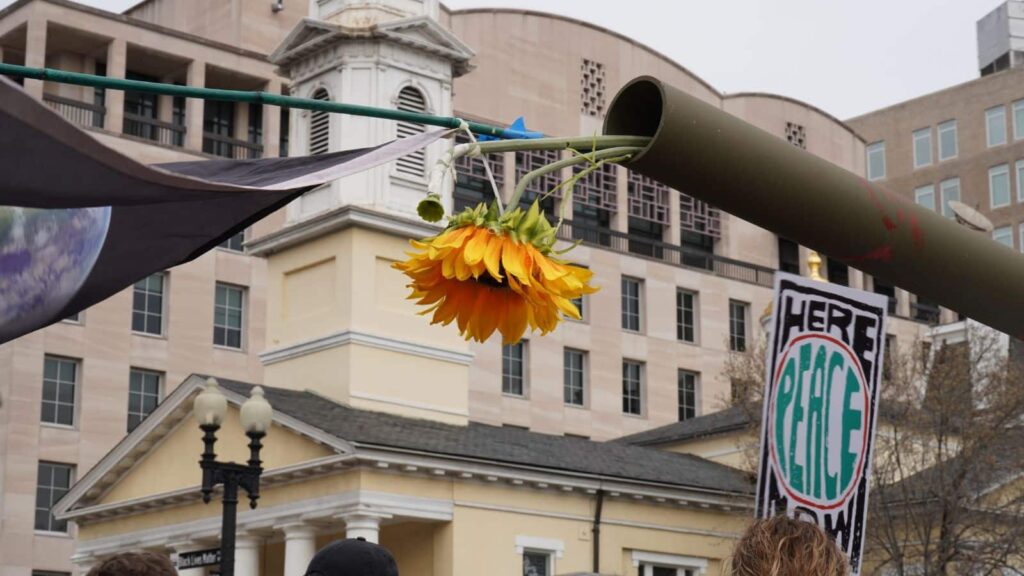
Flower Power was a slogan of the anti-war movement and was embraced by hippies of the time. This peaceful protest against violence and war was represented by flower crowns, floral clothing, and the iconic phrase ‘Make love, not war.’ Modern eras could learn a lot from this laid-back approach to rebellion.
Drive-In Movies
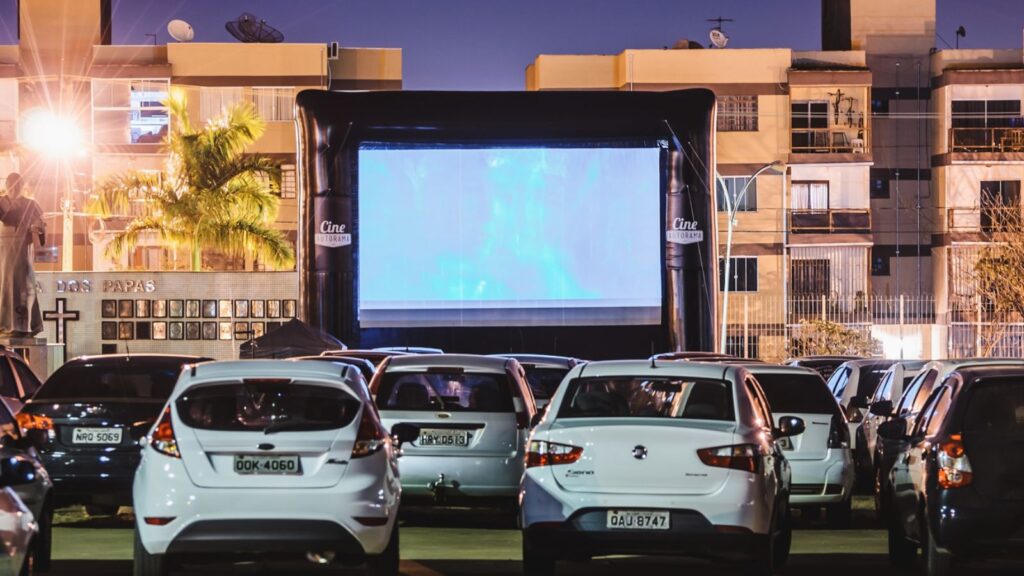
Drive-in movies were a quintessential part of ‘60s entertainment. Watching a film from the comfort of your car with a snack bar nearby was a unique social experience. They were a popular date night destination, as depicted in the famous drive-in scene in the movie Grease.
Mod Fashion
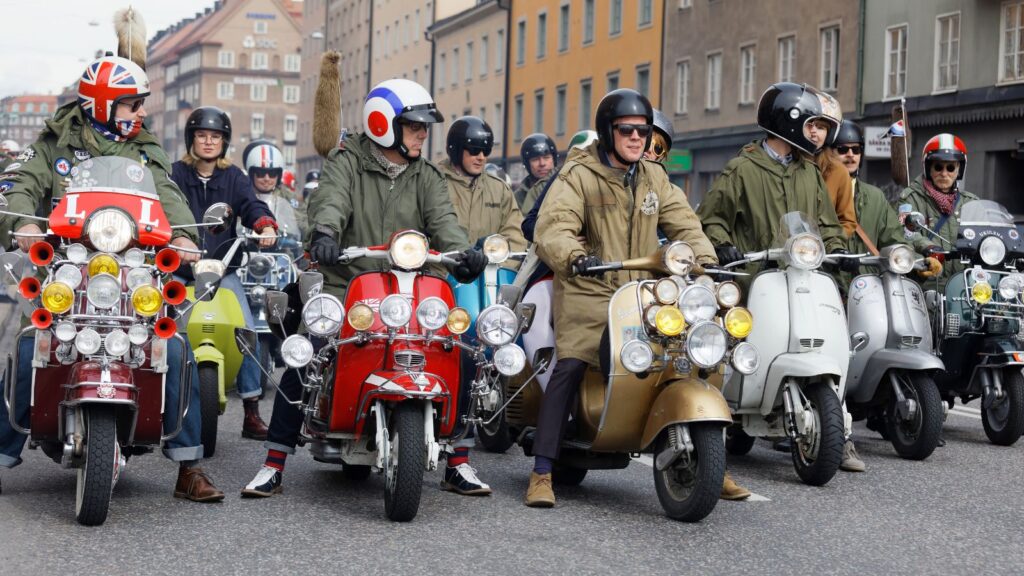
London’s youth culture and The Beatles were the inspiration for Mod fashion, characterized by sleek lines, geometric patterns, and bold colors. Icons like Twiggy popularized miniskirts, A-line dresses, and striking eye makeup, making mod a defining style of the decade. Many of these popular fashion items are now collectible vintage items.
Vinyl Records
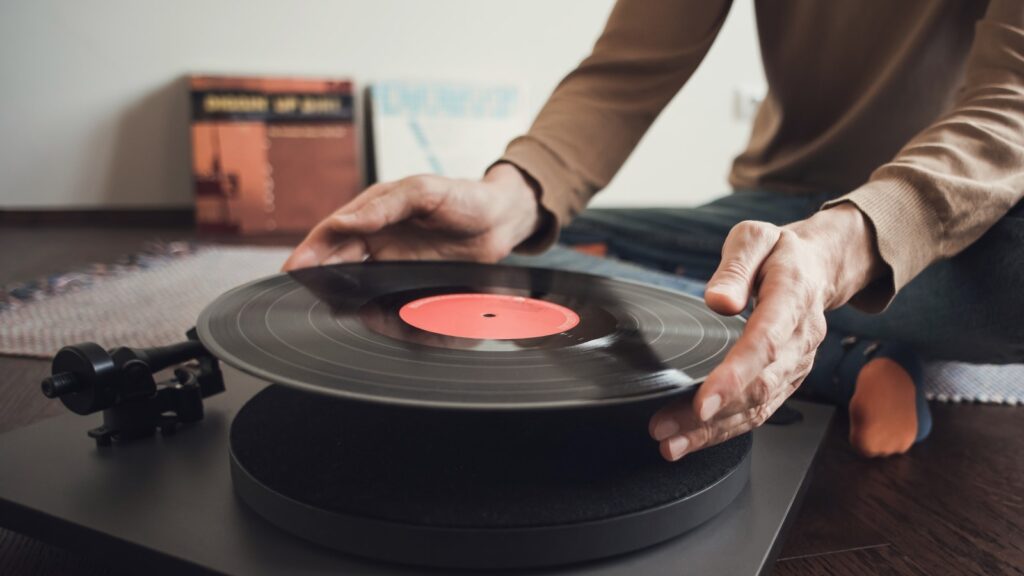
Before digital music and CDs, vinyl records were one of the only ways to enjoy your favorite tunes. Collecting records and experiencing the album as a complete artistic work was integral to the ’60s music experience. There was something beautiful about purchasing a new vinyl record, and consumers of the time treated them with the utmost respect.
Waterbeds
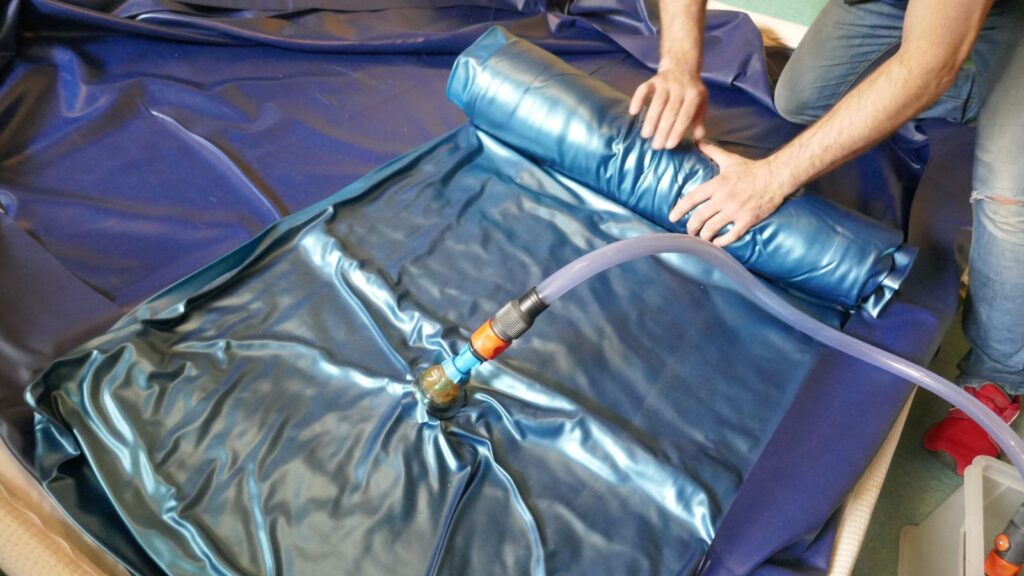
Waterbeds, though still a popular feature in modern times, were a trendy bedroom innovation. They were marketed as the ultimate in comfort and luxury, adding a touch of novelty and relaxation to the sleeping experience.
The Monkees
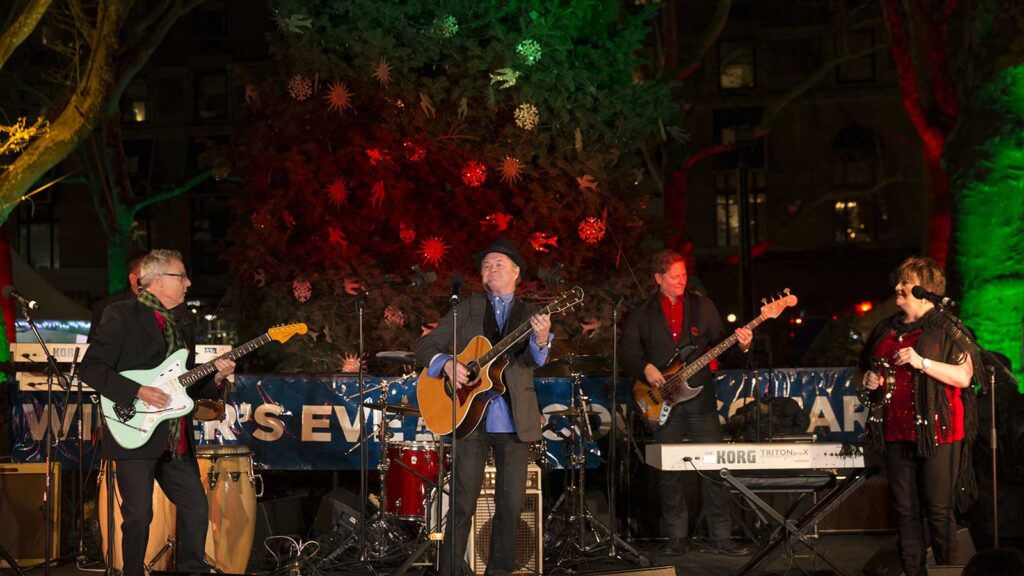
The Monkeys were a manufactured pop band created for a TV show, and they captured the hearts of millions. Their catchy songs and zany antics made them beloved by fans, and their music is still loved by modern generations. Unsurprisingly, they were largely influenced by The Beatles and were often regarded as their American equivalent.
Space Age Chic
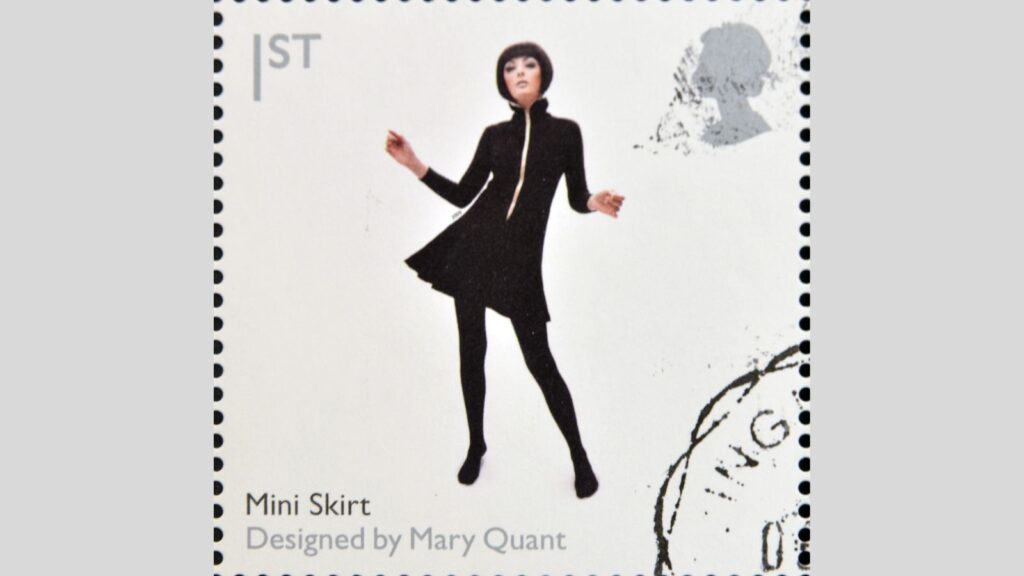
The fascination with space exploration influenced fashion and design, leading to futuristic, space-age chic styles. You only have to think of British fashion designer Mary Quant and Jane Fonda’s Barbarella to recall this reflection of post-war rebellion. Metallic fabrics, bold silhouettes, and innovative materials reflected the excitement and optimism of the Space Race era.
19 Grim Realities of Dating After 50 That Are Often Overlooked

19 Grim Realities of Dating After 50 That Are Often Overlooked
26 Things That Will Be Extinct Because Millennials Refuse to Buy Them
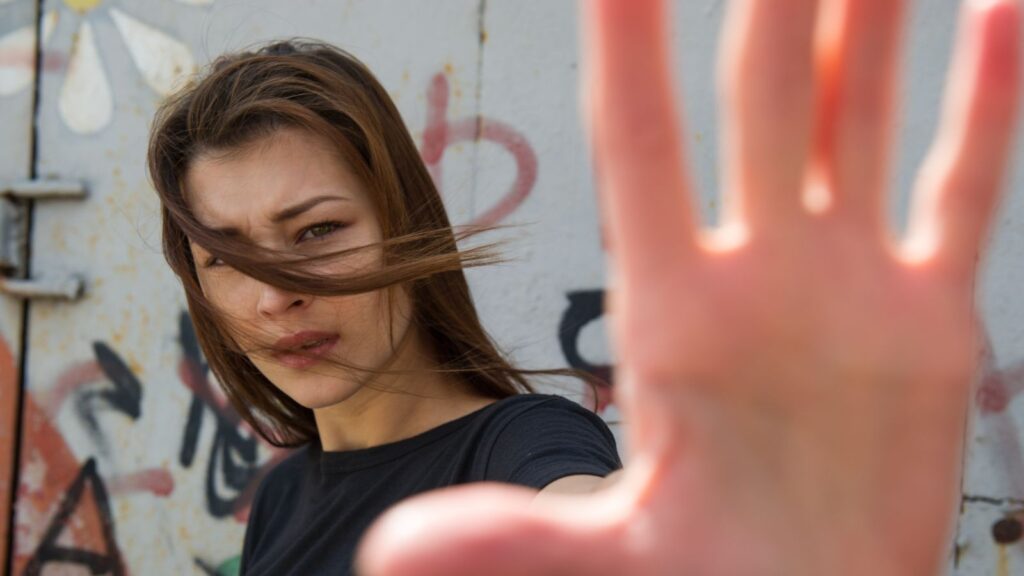
26 Things That Will Be Extinct Because Millennials Refuse to Buy Them
24 Outdated Slang Terms You Absolutely Shouldn’t Be Using Anymore
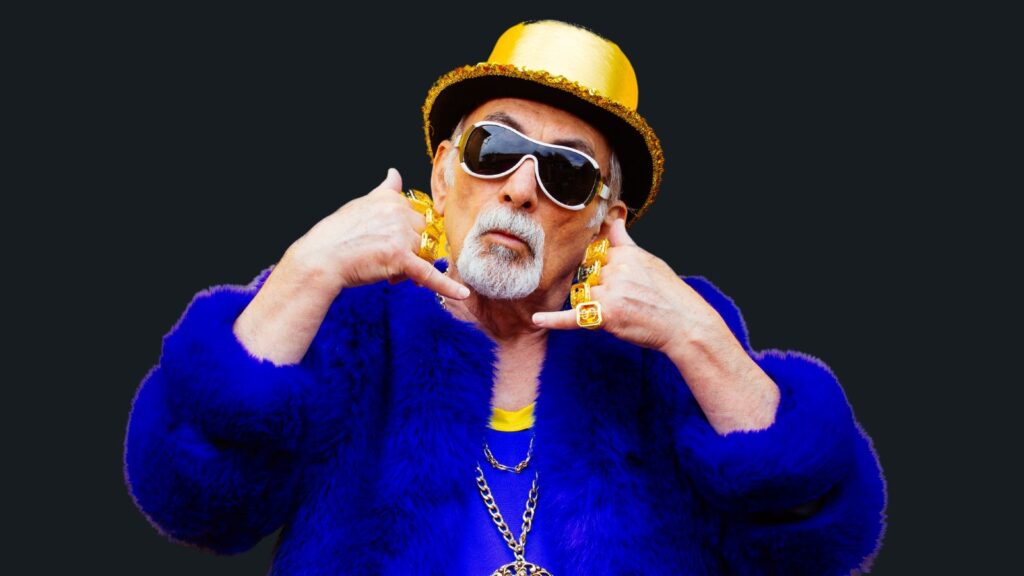
24 Outdated Slang Terms You Absolutely Shouldn’t Be Using Anymore
25 Hardest Parts About Getting Older That No One Ever Talks About

25 Hardest Parts About Getting Older That No One Ever Talks About

